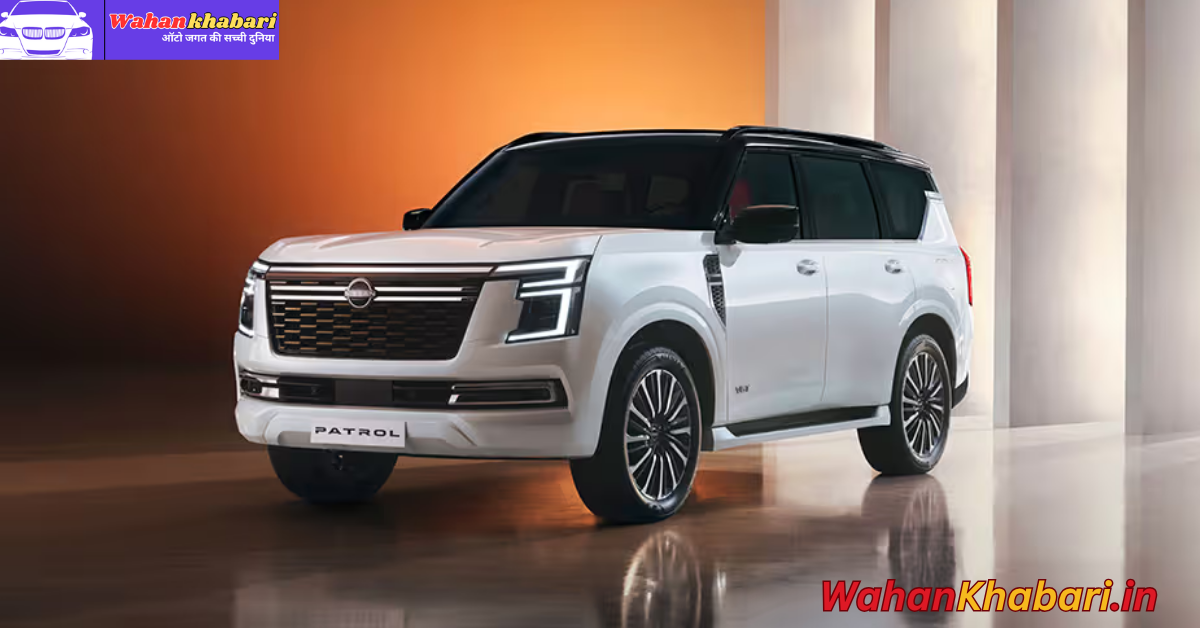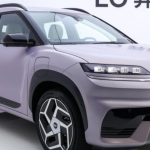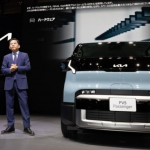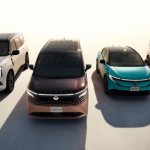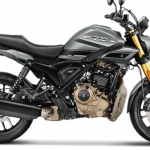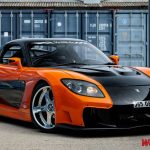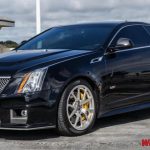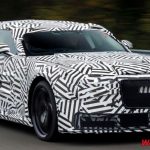The Nissan Patrol stands as a testament to Nissan’s commitment to engineering excellence, blending rugged off-road capability with refined luxury. Since its inception in 1951, the Patrol has evolved into a global icon, celebrated for its durability, advanced technology, and versatility. This comprehensive exploration delves into the Patrol’s rich history, technical innovations, design evolution, and its enduring appeal among enthusiasts and professionals alike.
1. Origins and Evolution
1.1 The Early Years (1951–1960)
The Nissan Patrol was introduced in 1951 as a response to the growing demand for robust off-road vehicles. Its design was influenced by the U.S. military’s Jeep, aiming to serve both civilian and military needs. The first-generation Patrol featured a boxy design, a 3.7-liter inline-six engine, and a 4WD system, setting the foundation for its future iterations.
1.2 Growth and Diversification (1960–1980)
Throughout the 1960s and 1970s, the Patrol underwent significant enhancements. The second generation, launched in 1960, introduced a more refined design and improved suspension systems. By the 1980s, the Patrol had diversified its offerings, including the introduction of the Nissan Safari in Japan and the rebadged Ford Maverick in Australia, broadening its global reach.
1.3 Modernization and Global Expansion (1980–Present)
The 1980s and 1990s saw the Patrol embracing modern technologies, including electronic fuel injection and advanced suspension systems. The introduction of the Y60 series in 1987 marked a significant leap forward, featuring improved comfort and performance. The Y61 series followed in 1997, offering enhanced safety features and a more refined interior.
In recent years, The Patrol has solidified its status as a luxury SUV, particularly in markets like the Middle East and Australia. The introduction of the Y62 series in 2010 brought a 5.6-liter V8 engine, advanced infotainment systems, and a more luxurious cabin, appealing to a broader audience.
2. Technical Innovations
2.1 Hydraulic Body Motion Control (HBMC)
One of the standout features of the modern Patrol is the Hydraulic Body Motion Control (HBMC) system. Introduced in 2010, HBMC utilizes hydraulic cylinders connected by cross-link hydraulic pipes to the 4-wheel independent suspension’s hydraulic cylinders. This system absorbs road bumps and reduces body lean during cornering, enhancing comfort and stability .
2.2 Advanced Safety Features
The latest Patrol models are equipped with a suite of advanced safety technologies. These include:
- Panorama View: Features ‘Ultra-Wide View’ and ‘Invisible Hood View’, providing real-time images of obstacles and navigation cues on the horizontal monolith screen .
- 3D Around View Monitor: Offers a comprehensive 360-degree view of the vehicle’s surroundings, aiding in parking and tight maneuvers.
- Automatic Emergency Braking with Pedestrian Detection: Alerts drivers to potential collisions and applies brakes when necessary to mitigate impact .
2.3 Off-Road Capabilities
The Patrol’s off-road prowess is enhanced by features such as:
- Hill Start Assist and Hill Descent Control: These systems help prevent rollback on inclines and maintain a steady speed on declines, respectively .
- Approach and Departure Angles: With an approach angle of 34.4 degrees and a departure angle of 26.3 degrees, the Patrol can navigate challenging terrains with ease .
3. Design and Comfort
3.1 Exterior Design
The Patrol’s exterior design combines ruggedness with elegance. The latest models feature signature double C-shape headlights, an off-road bumper, and a commanding presence on the road. The body dimensions, including a length of 5,350 mm and a width of 2,350 mm, contribute to its imposing stance .
3.2 Interior Features
Inside, The Patrol offers a luxurious and spacious cabin. With seating for up to eight passengers, the interior is equipped with twin 12.3-inch Monolith displays, providing intuitive control over various vehicle functions. Premium materials and attention to detail ensure a comfortable ride, whether on urban roads or rugged trails .
4. Performance and Variants
4.1 Engine Options
The Patrol offers a range of engine options to suit diverse driving preferences:
- 5.6L V8 Engine: Produces 298 kW of power and 560 Nm of torque, delivering robust performance for both on-road and off-road driving .
- 3.8L V6 Engine: Generates 316 hp and 386 Nm of torque, providing a balance between power and efficiency .
4.2 Transmission and Drivetrain
Both engine variants are paired with advanced transmission systems:
- 7-Speed Automatic Transmission: Offers smooth gear shifts and adaptive shift control for optimized performance .
- 9-Speed Automatic Transmission: Available in certain models, providing enhanced fuel efficiency and driving dynamics .
The Patrol’s 4WD system ensures exceptional traction and stability across various terrains.
5. Global Presence and Market Appeal
The Nissan Patrol enjoys a strong presence in several key markets:
- Middle East: The Patrol is a popular choice among consumers seeking a combination of luxury and off-road capability.
- Australia: The Patrol competes with models like the Toyota LandCruiser, offering similar ruggedness with added luxury features.
- Africa and Asia: In regions with challenging terrains, the Patrol’s durability and performance make it a preferred choice for both personal and commercial use.
6. Conclusion
The Nissan Patrol’s journey from a military-inspired vehicle to a luxury SUV underscores Nissan’s dedication to innovation and quality. With its blend of advanced technologies, robust performance, and luxurious features, The Patrol continues to set benchmarks in the SUV segment. Whether navigating city streets or conquering off-road challenges, the Nissan Patrol remains a symbol of adventure, reliability, and sophistication.
